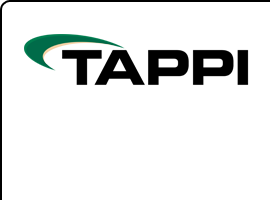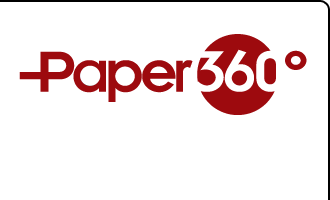New Study Steps Ahead to Promote Polycoated Paper Recycling
![]() Print this Article | Send to Colleague
Print this Article | Send to Colleague
Polycoated paper packaging, cartons for your milk or juice, containers for your frozen foods and boxes for your home needs are everywhere. We want to recycle them; however, the process has historically faced unique questions about the impact of resin in a product or whether municipal recycling programs want to accept polycoated paper to begin with.
While the challenges seem daunting, industry leaders believe they’re solvable. They formed an alliance last year with industry organizations, brand owners and packaging producers including Sonoco to address root causes and build a roadmap toward widespread end-market acceptance.
With nearly two dozen current members, the Poly Coated Paper Alliance (PCPA) recently completed a major step in their objective, initiating an in-depth analysis of polycoated paper recycling at material recovery facilities (MRFs), including the detection and sortation methods used. These findings will contribute to a set of design standards for recyclability, including fiber thresholds and other parameters, so companies like us can develop better packaging for the future planet and consumers.
How much polycoated paper winds up in our bales?
The PCPA, with consulting firm RSS, began auditing a handful of MRFs across the country in the summer of 2024 to determine exactly how much polycoated paper already exists within mixed paper bales. The study reviewed six MRFs between June and July. Half of them, one in California, Maine and Ohio, accepted polycoated paper while the other half, another in California, Oregon and Massachusetts, did not.
Each facility’s bale went to Michigan State University’s Recycling Center for further review and analysis. Researchers examined two 100-pound samples from each bale and found little variance among location, regardless of whether the MRFs accepted polycoated paper or not. Full evaluations of the robustness of community educational campaigns were outside the scope of this project; however, polycoated paper, bleached or unbleached, made up just 6% of the total mixed paper bale on average, a small portion of the total collected.
Of the polycoated paper collected, PCPA members then wanted to know what happened during sortation. How often did MRFs capture polycoated paper at each stage to send to the correct stream?
In August, they attached Radio Frequency Identification (RFID) tags to various packaging types – cartons, rigid paper cans, snack and laundry cardboard boxes, coffee cups, paper bags, ice cream tubs, microwaveable trays, plates, pouches and other items (sample in figures below) and reviewed material flow and recovery during three test runs on a single day. Results varied; however, the laundry box and other flat boxes performed as expected with nearly a 100% recovery rate into OCC or mixed paper.
The PCPA hopes to better quantify the amount of polycoated paper in the U.S. by expanding bale audits to facilities in the Southeast. They also hope a lab-scale repulpability test in the future would help determine how well polycoated paper performs at a modern paper mill.
Next stop on the road to recovery
By the end of 2024, the PCPA expects to finalize test results from end-markets and other work streams. They’ll use the information to develop guidance for U.S. producers, outlining parameters for fiber, acceptable coatings and technical testing protocols so that end markets know what to expect and how to better manage the flow of materials. A draft is expected in the first quarter of 2025 with a final report expected by summer.
Polycoated paper represents an incredibly versatile packaging substrate. It’s water and grease resistant, heat-sealable, safe, durable, rigid or flexible and easy for high-quality prints. They’re a versatile and reliable choice for consumers and almost every end-market including food and healthcare industries.
Recapturing this valuable material is essential to advancing the circular economy; actionable guidance is the first step forward.


